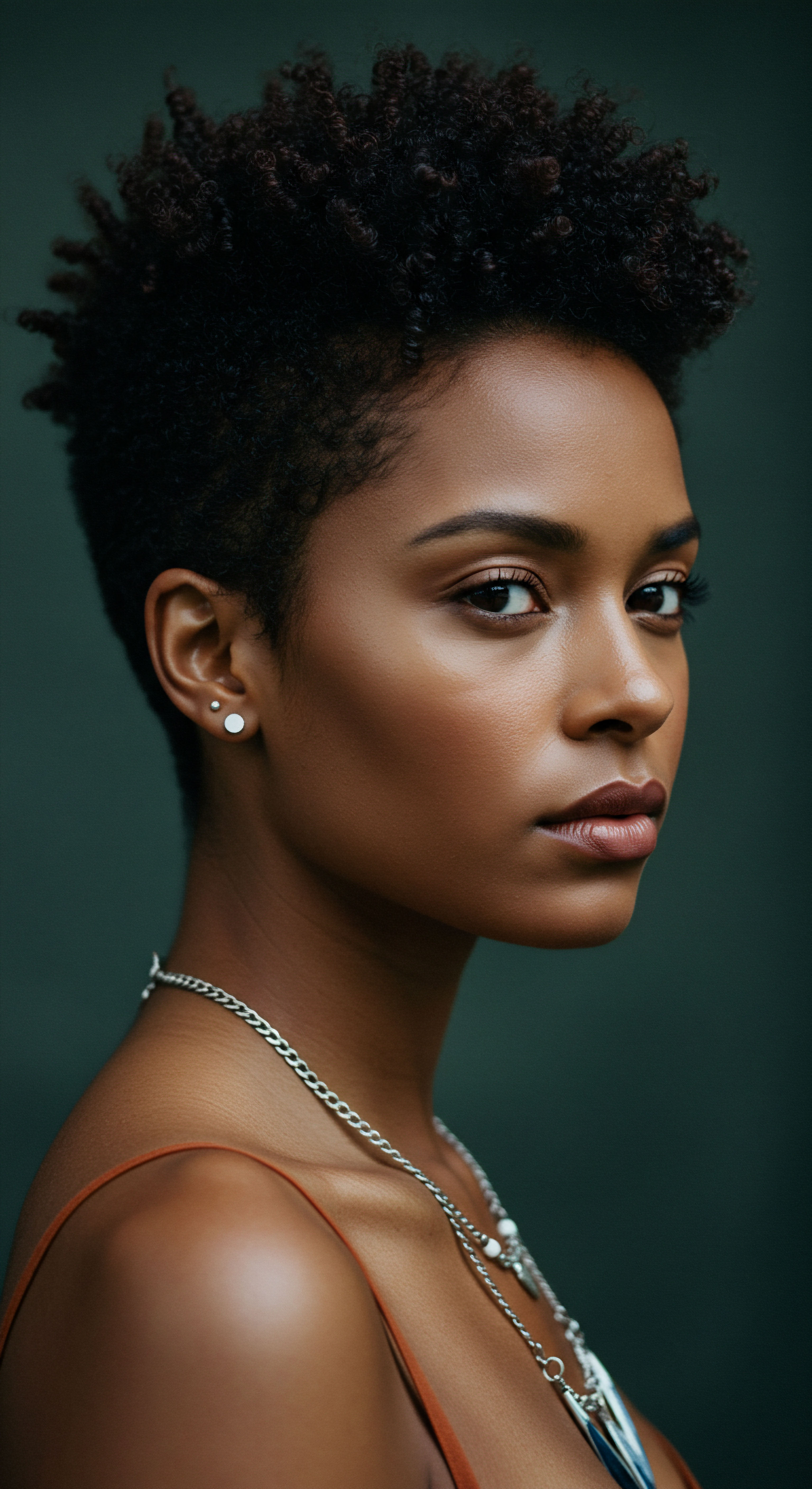
Roots
A quiet contemplation of strands, tracing back through generations, reveals a profound truth ❉ our hair, in its intricate beauty, has always held a special place in human experience. Long before laboratories synthesized compounds, humanity looked to the earth, the very soil and plant life around them, for sustenance and care. This deep connection to the natural world was not merely a matter of convenience; it was a testament to an intuitive wisdom, a recognition that the vibrancy of our being, including the vitality of our hair, mirrored the health of our surroundings. Ancient cultures, with their deep reverence for cycles and seasons, understood that true beauty sprang from balance, and that balance began with what nature generously offered.
The initial gestures toward hair well-being were often simple, yet remarkably effective. From the arid deserts to lush river valleys, communities discovered the properties of various botanical gifts, learning which leaves soothed a troubled scalp, which roots lent strength to delicate strands, and which oils imparted a luminous sheen. These were not merely cosmetic applications; they were often rituals imbued with spiritual significance, connecting the individual to their lineage and the wider cosmos. The very act of preparing these natural remedies became a meditative practice, a moment of intentional self-care rooted in ancient knowledge.

The Earth’s First Offerings for Hair
The earliest forms of hair care were often born from observation and experimentation, passed down through oral traditions. Communities worldwide developed distinct practices based on their local flora. The Egyptians, for instance, held hair in high esteem, considering it a symbol of status and allure.
Their use of plant-derived oils, such as Castor Oil and Moringa Oil, speaks to an early understanding of emollients and their ability to condition and protect. These precious liquids, extracted through careful pressing, served not only to moisturize but also to provide a barrier against the harsh desert sun, preventing desiccation of the hair shaft.
Across the Indian subcontinent, the principles of Ayurveda, a holistic system of medicine, provided a structured approach to hair health. Here, herbs were not just applied; they were considered integral to balancing the body’s energies. The powdered fruit of the Amla Berry (Indian gooseberry) stands as a prime example, revered for its high vitamin C content and antioxidant properties, believed to strengthen follicles and promote robust growth. Similarly, Shikakai (Acacia concinna) pods, often called “hair fruit,” were used as a gentle, natural cleanser, producing a mild lather that purified without stripping.
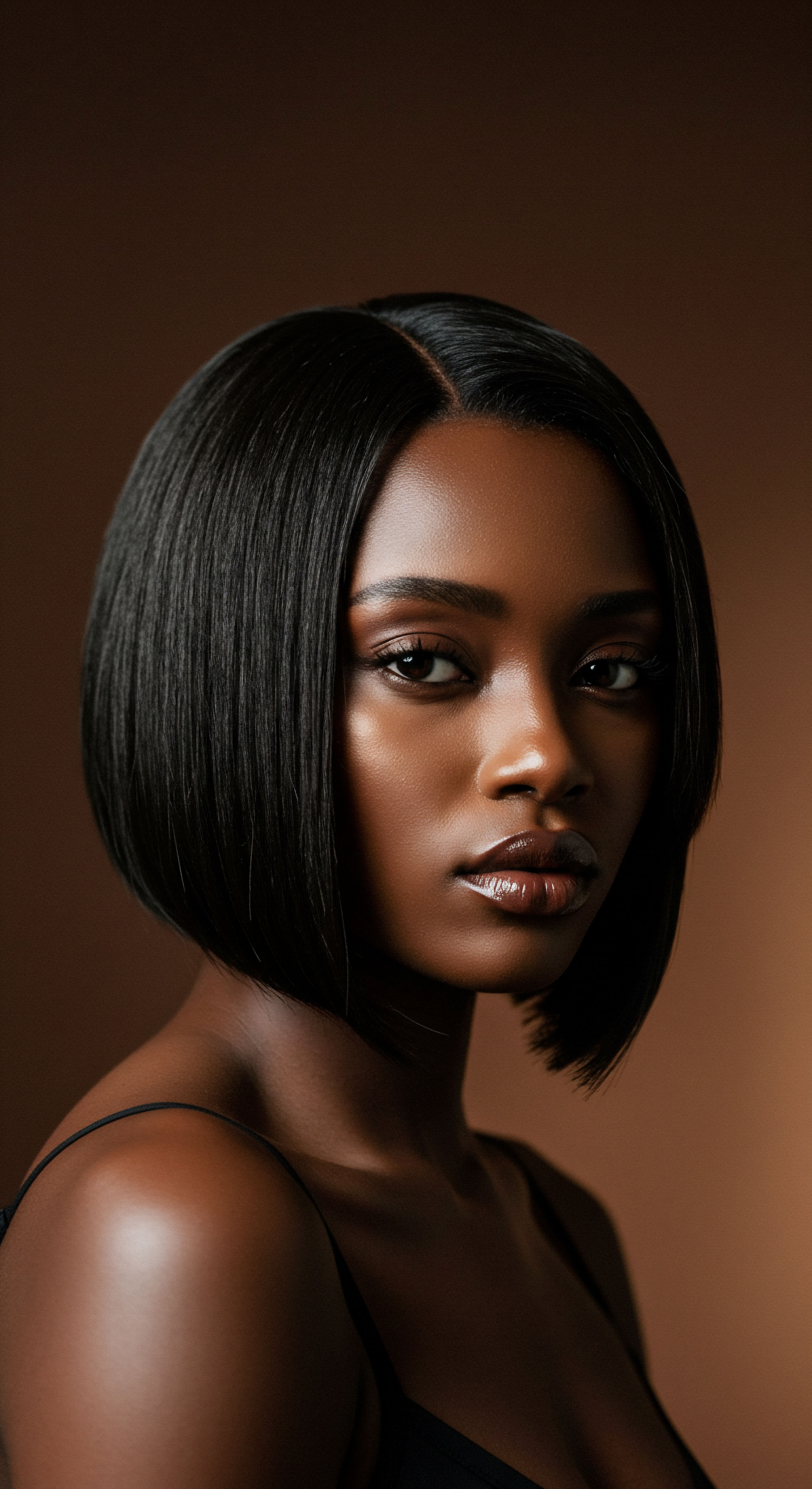
Ancient Botanicals for Scalp and Strand
The variety of botanicals employed by these early civilizations is truly astonishing, each chosen for its specific properties. Clays, rich in minerals, offered purifying and detoxifying benefits for the scalp, drawing out impurities and absorbing excess oil. Herbs provided a spectrum of effects, from stimulating growth to soothing irritation.
- Oils ❉ Applied for conditioning, shine, and protection, often serving as a base for herbal infusions.
- Herbs ❉ Utilized for their medicinal properties, such as anti-inflammatory, antimicrobial, or stimulating actions.
- Clays ❉ Employed for cleansing, detoxifying, and providing mineral nourishment to the scalp.
The careful selection of these natural components speaks to a deep connection with the environment, a recognition that nature held the solutions to many of life’s needs, including those related to personal well-being.
Ancient hair care traditions, rooted in local botanicals, reflect an intuitive wisdom regarding natural balance and holistic well-being.

Beyond Simple Cleansing
Ancient cultures recognized that hair health extended beyond mere cleanliness. They understood the scalp as the foundation, a living ecosystem that required careful attention. Practices involved stimulating blood circulation, addressing dryness or oiliness, and creating an environment conducive to strong hair.
The use of certain herbs, when massaged into the scalp, was believed to awaken dormant follicles and invigorate the roots, a concept that aligns remarkably with modern trichological principles of scalp health. This comprehensive approach, addressing both the hair shaft and its origin point, set a precedent for holistic hair care that continues to resonate today.
| Culture/Region Ancient Egypt |
| Primary Ingredients Castor oil, Moringa oil, Henna, Almond oil |
| Common Applications Conditioning, sun protection, hair dyeing, scalp treatments |
| Culture/Region Indian Subcontinent (Ayurveda) |
| Primary Ingredients Amla, Shikakai, Reetha, Neem, Brahmi, Coconut oil |
| Common Applications Cleansing, strengthening, growth promotion, anti-dandruff |
| Culture/Region West Africa |
| Primary Ingredients Shea butter, Black soap, Baobab oil, Chebe powder |
| Common Applications Moisturizing, protective styling, cleansing, strengthening |
| Culture/Region Mediterranean (Roman/Greek) |
| Primary Ingredients Olive oil, Rosemary, Laurel, Vinegar |
| Common Applications Conditioning, shine, clarifying rinses, scalp tonics |
| Culture/Region These ingredients represent a small fraction of the vast botanical knowledge employed. |

Ritual
To understand ancient hair care is to step into a realm where practice transforms into ceremony, where the application of a simple paste or oil transcends mere grooming. It invites us to consider the hands that prepared these remedies, the quiet moments of reflection, and the wisdom shared from elder to youth. The journey from a raw plant to a conditioning elixir was often a deliberate one, a rhythmic dance of gathering, processing, and applying, each step contributing to the potency and efficacy of the final creation. It is in these sustained, repetitive actions that the true spirit of ancient hair wellness resides, offering a template for mindful self-care that feels remarkably relevant even now.
The specific methods varied greatly across civilizations, yet a common thread persists ❉ a deep respect for the ingredients and an understanding that consistency yielded results. These were not quick fixes, but rather patient commitments to hair health, often integrated into daily life or weekly regimens. The techniques employed were designed to maximize the benefits of each natural component, ensuring deep penetration and sustained action.
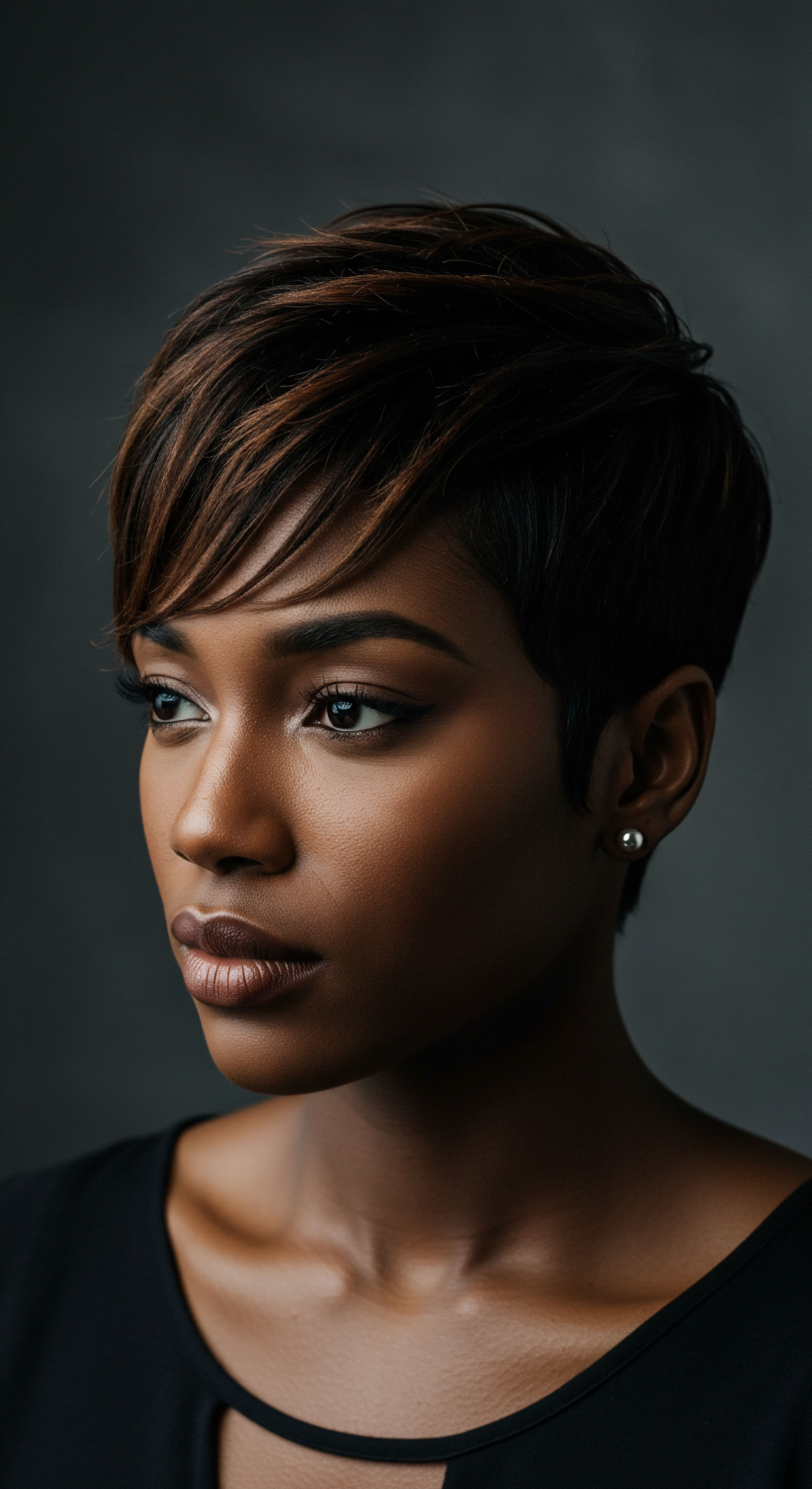
Crafting Concoctions and Sacred Washes
The creation of ancient hair remedies often involved meticulous processes. Herbs were dried, ground into fine powders, and then combined with water, oils, or other plant extracts to form pastes, infusions, or decoctions. For instance, in many parts of Africa, ingredients like Chebe Powder (from the shébé plant, Croton zambesicus) were traditionally mixed with oils and applied to hair in a layering technique, not rinsed out, to promote length retention and reduce breakage. This method, specific to certain Chadian communities, involved a deliberate, multi-step application over time, creating a protective coating around the hair strands.
In India, the triad of Amla, Shikakai, and Reetha (soapnut) was a cornerstone of hair cleansing and conditioning. Reetha, with its natural saponins, provided a gentle lather, while shikakai detangled and amla offered its nourishing properties. These were often soaked overnight, boiled into a decoction, and then strained to create a natural hair wash, a far cry from modern chemical shampoos. The absence of harsh detergents meant hair retained its natural oils, promoting better long-term health.
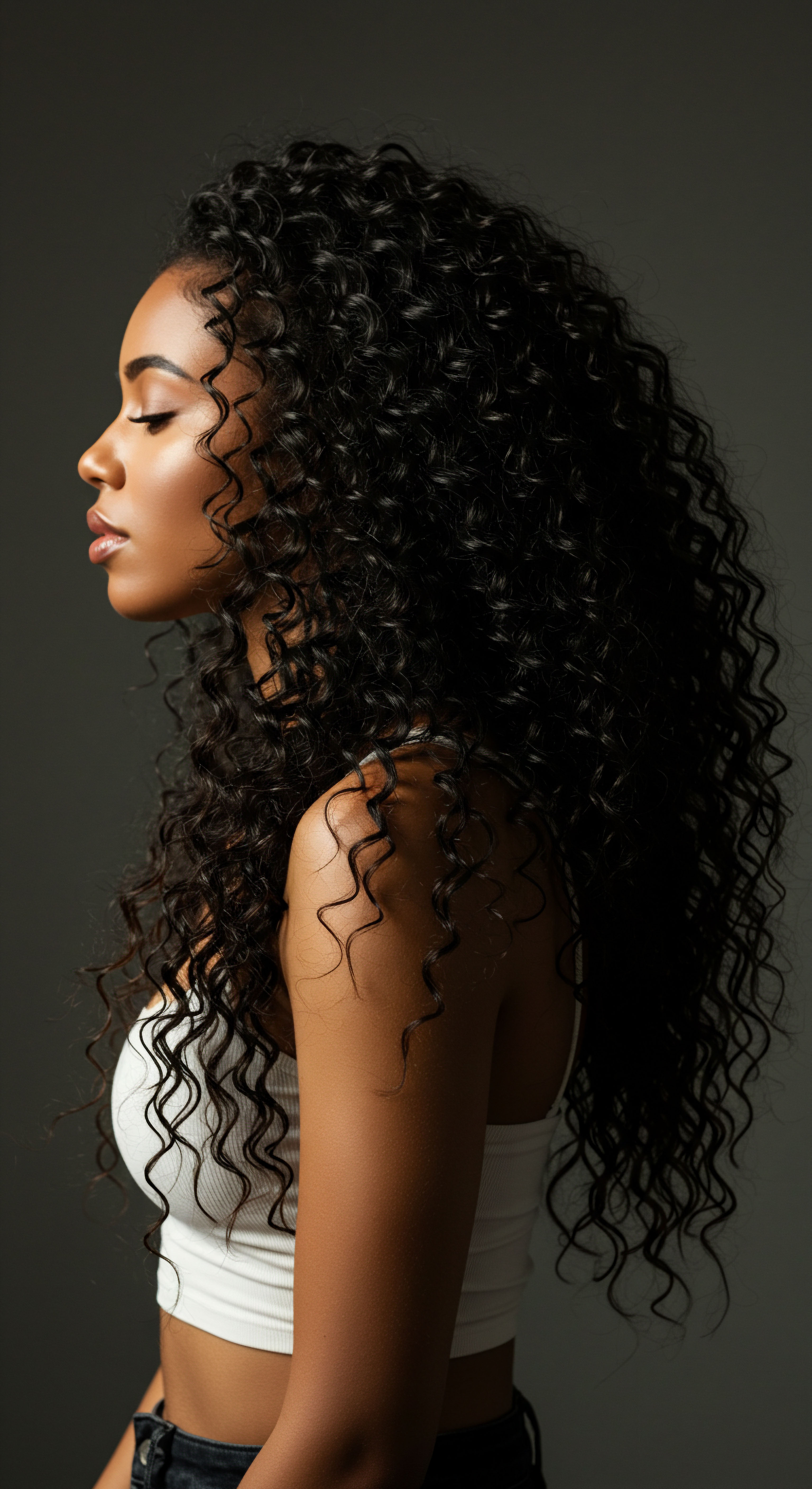
The Art of Application
Beyond the preparation, the application itself was a vital component of the ritual. Scalp massages, for instance, were universally practiced. The deliberate movement of fingers across the scalp, often with warmed oils, was not only soothing but also recognized for its ability to stimulate blood flow to the hair follicles. This increased circulation was understood to deliver vital nutrients to the roots, promoting stronger, healthier growth.
Consider the meticulous application of henna in ancient Egypt and India. Henna, derived from the Lawsonia Inermis Plant, was used not just for its vibrant coloring properties but also for its conditioning and strengthening effects. The paste was carefully applied section by section, ensuring even coverage, and often left on for hours, allowing the plant’s beneficial compounds to fully interact with the hair protein. This patient, thorough application speaks to a dedication to hair care that transcends mere superficiality.
Ancient hair rituals transcended simple grooming, embodying mindful self-care through meticulous preparation and intentional application of natural ingredients.
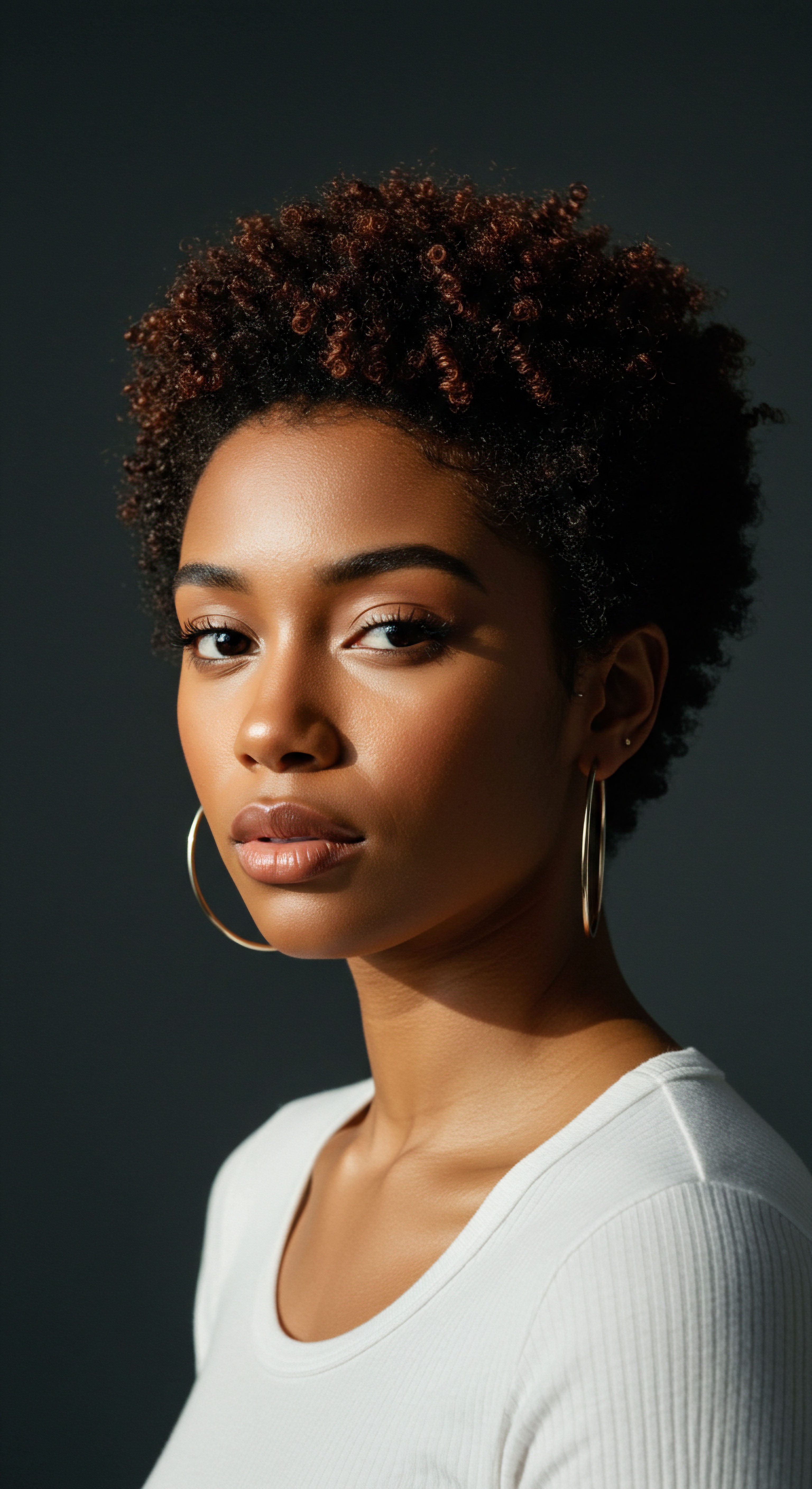
Seasonal Hair Care Cycles
Many ancient cultures lived in closer alignment with natural cycles, and this often extended to their hair care practices. Seasonal changes influenced the availability of certain plants and also the needs of the hair and scalp. For example, during hotter, drier seasons, more emphasis might have been placed on moisturizing oils and cooling herbs.
Conversely, in colder, damp periods, warming and stimulating ingredients might have been favored. This adaptive approach ensured that hair care remained responsive to environmental shifts, a sophisticated understanding of hair’s dynamic needs.
The integration of these practices into daily or weekly routines meant that hair care was not an isolated task but a continuous dialogue with the body and nature. This sustained engagement fostered a deep personal connection to one’s hair, viewing it not just as an aesthetic feature but as a living part of the self, deserving of consistent, respectful attention.
- Harvesting ❉ Gathering fresh botanicals at their peak potency.
- Processing ❉ Drying, grinding, or infusing ingredients to extract beneficial compounds.
- Application ❉ Applying preparations with deliberate techniques, often involving massage.

Relay
How do the whispered secrets of ancient hair traditions resonate with contemporary scientific understanding? This query leads us into a fascinating intersection, where ancestral practices, once dismissed as mere folklore, reveal a surprising alignment with modern biological and chemical principles. It is a dialogue between intuitive wisdom and empirical evidence, unveiling the sophisticated mechanisms behind ingredients chosen centuries ago for their perceived effects. We stand at a vantage point, able to dissect the molecular actions of botanicals that our forebears used with a profound, albeit unarticulated, grasp of their power.
The enduring efficacy of many ancient ingredients points to a deeper understanding of human physiology and botanical chemistry than might initially be assumed. The very concept of “hair health” in antiquity was often tied to vitality, growth, and the ability to withstand environmental stressors—concerns that remain central to modern hair care.

The Science Behind Ancient Practices
Many natural ingredients championed by ancient cultures possess compounds that modern science has validated for their benefits to hair and scalp. For instance, the use of Rosemary (Rosmarinus officinalis) in Mediterranean cultures for stimulating hair growth is now supported by research indicating its ability to improve microcirculation in the scalp and its anti-inflammatory properties. A study published in Skinmed in 2015 compared rosemary oil to minoxidil, a common hair growth treatment, finding that rosemary oil was similarly effective in increasing hair count after six months, with fewer side effects. This direct comparison provides compelling evidence that traditional botanical remedies were not simply symbolic, but functionally potent.
Similarly, the saponins present in plants like Reetha (Sapindus mukorossi) explain their effectiveness as natural cleansers. These compounds create a mild lather that can lift dirt and oil without stripping the hair’s natural lipid barrier, preserving moisture—a critical factor for textured hair types prone to dryness. The mucilage content in ingredients such as Fenugreek (Trigonella foenum-graecum) or Aloe Vera provides a conditioning and detangling effect, coating the hair shaft and smoothing the cuticle.

Cultural Significance Beyond Cosmetics
Beyond their physical effects, hair and its care held immense cultural weight in ancient societies. Hair was often a powerful symbol of identity, status, spirituality, and even resistance. In many African cultures, intricate hairstyles could convey marital status, age, tribal affiliation, or social standing.
The care of hair was therefore not merely a personal act but a communal one, a practice that reinforced social bonds and cultural heritage. The ingredients used were often sacred, their application a ceremony connecting the individual to their community and ancestors.
For example, among some indigenous groups, hair was believed to be a conduit for spiritual energy, requiring respectful care and adornment. The ingredients chosen for these rituals were often those believed to possess specific spiritual properties, reinforcing the interconnectedness of physical well-being and spiritual harmony. This holistic perspective views hair as an extension of the self, deeply tied to one’s personal and collective story.
Ancient hair remedies often relied on botanicals whose efficacy is now supported by contemporary scientific understanding of their chemical compounds.

Could Ancient Remedies Counter Modern Hair Concerns?
The mechanisms by which certain ancient ingredients supported hair health often address concerns that remain relevant today. Consider the challenges of hair thinning and loss. While modern solutions often focus on pharmaceutical interventions, ancient cultures utilized botanicals that, through contemporary research, demonstrate effects on hormonal pathways or cellular processes related to hair growth.
For instance, Fenugreek Seeds, a staple in Ayurvedic and other traditional systems for hair health, contain compounds like diosgenin and other steroidal saponins. Research indicates that these compounds may exert anti-androgenic effects, potentially inhibiting the enzyme 5-alpha reductase, which converts testosterone into dihydrotestosterone (DHT). Elevated DHT levels are a primary contributor to androgenic alopecia, a common form of hair loss.
A study published in the Journal of Dermatology & Dermatologic Surgery (2018) highlighted the potential of herbal extracts, including fenugreek, in modulating hair growth pathways by influencing factors like DHT and improving follicle health. This suggests that ancient use of fenugreek for hair vitality was, perhaps unknowingly, addressing a fundamental biological pathway linked to hair retention and growth, a nuanced understanding that goes beyond simple nourishment.
| Ingredient Amla (Phyllanthus emblica) |
| Key Bioactive Compounds Vitamin C, Tannins, Flavonoids |
| Scientifically Supported Action Antioxidant, collagen synthesis promotion, anti-inflammatory |
| Ingredient Rosemary (Rosmarinus officinalis) |
| Key Bioactive Compounds Carnosic acid, Rosmarinic acid |
| Scientifically Supported Action Improved scalp circulation, anti-inflammatory, antioxidant |
| Ingredient Fenugreek (Trigonella foenum-graecum) |
| Key Bioactive Compounds Saponins (e.g. Diosgenin), Alkaloids, Flavonoids |
| Scientifically Supported Action Potential 5-alpha reductase inhibition, anti-inflammatory |
| Ingredient Aloe Vera (Aloe barbadensis miller) |
| Key Bioactive Compounds Polysaccharides, Enzymes, Vitamins |
| Scientifically Supported Action Soothing, moisturizing, anti-inflammatory, mild cleansing |
| Ingredient Modern research continues to uncover the intricate benefits of these traditional botanicals. |
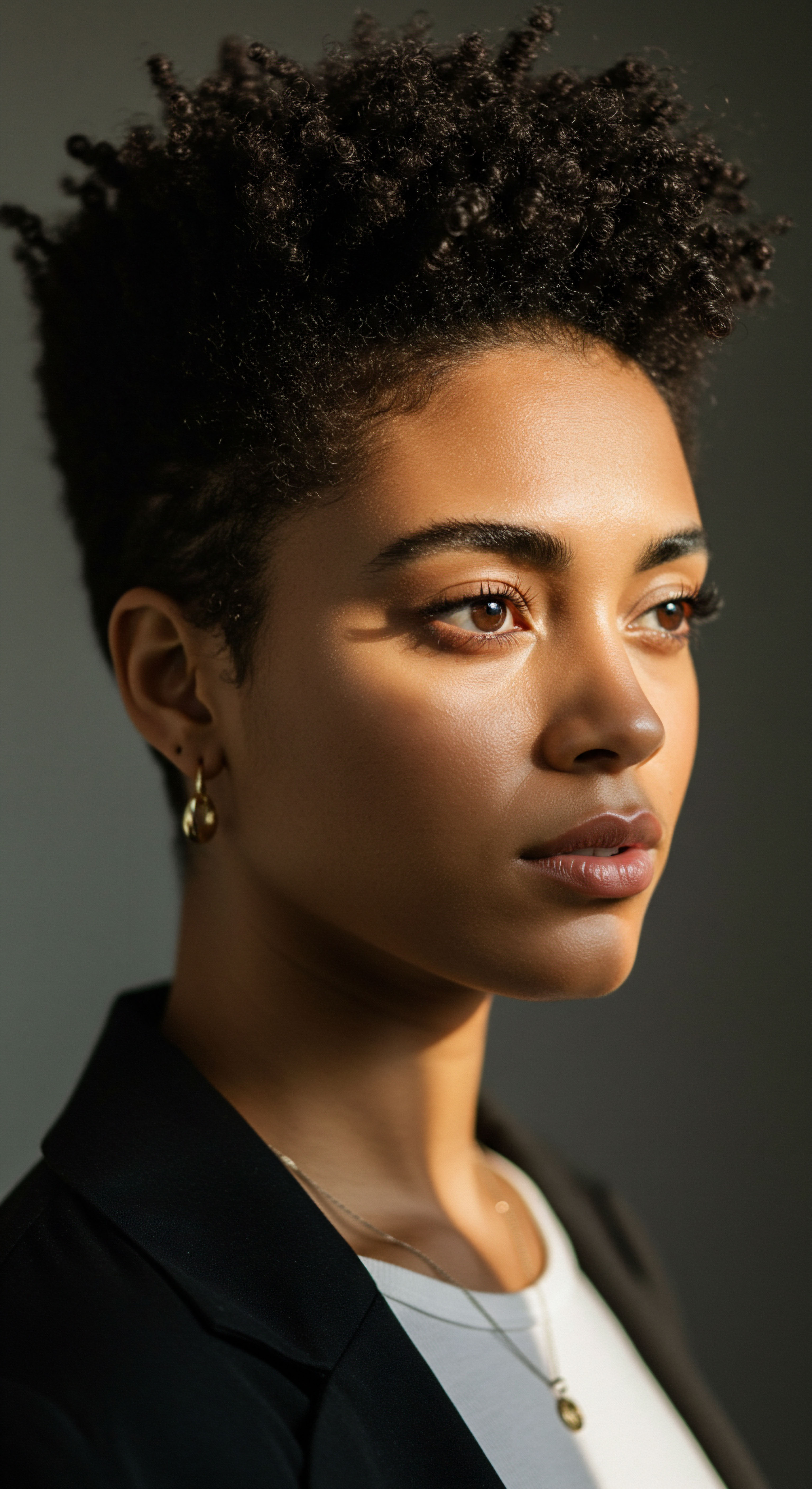
Reflection
The journey through ancient hair care practices leaves us with more than a collection of historical facts; it offers a gentle invitation to reconsider our own relationship with hair and its care. It reminds us that wisdom often resides in simplicity, in the careful observation of nature, and in the rhythms of intentional practice. The ancestral hands that patiently ground herbs or warmed oils were not just tending to strands; they were cultivating a connection, fostering a sense of reverence for the self and the natural world.
In a world that often prioritizes speed and synthetic solutions, there is a profound quiet power in pausing to acknowledge these timeless approaches. The enduring legacy of ancient ingredients and rituals encourages us to seek balance, to listen to our hair’s unique needs, and to find serenity in the practices that nourish it, echoing the wisdom passed down through generations.

References
- Panahi, Y. Taghizadeh, A. Marzony, E. T. & Sahebkar, A. (2015). Rosemary oil versus minoxidil 2% for the treatment of androgenetic alopecia ❉ a randomized comparative trial. Skinmed, 13(1), 15-21.
- Kumar, N. & Singh, R. (2018). Herbal remedies for hair loss. Journal of Dermatology & Dermatologic Surgery, 22(1), 1-8.
- Lad, V. (1984). Ayurveda ❉ The Science of Self-Healing ❉ A Practical Guide. Lotus Press.
- Shaw, J. (2011). Hair ❉ A Cultural History. Faber & Faber.
- Robbins, C. R. (2012). Chemical and Physical Behavior of Human Hair (5th ed.). Springer.
- Goody, J. (1990). The Culture of Flowers. Cambridge University Press.
- Keville, K. & Green, M. (2009). Herbs for Health and Healing. Rodale.